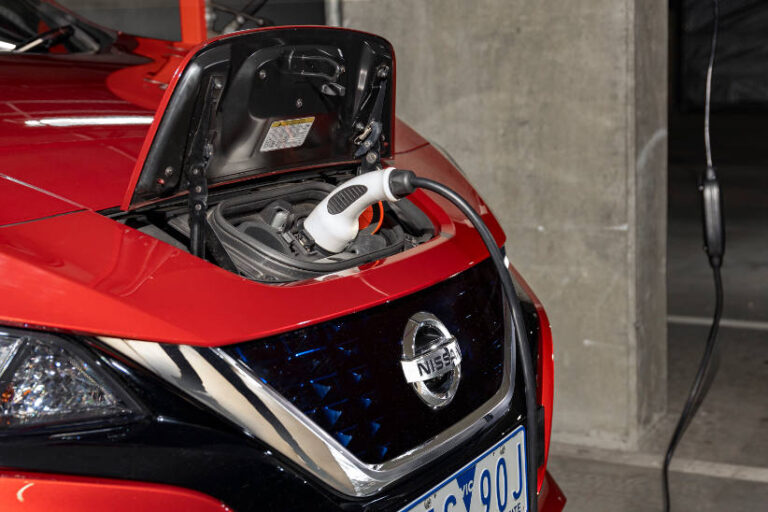– By Charlie Richardson and Soon Wai Lim, eMobility Leads at Accenture Australia & New Zealand –
With approximately 20.1m registered motor vehicles on Australian roads[1], and transport emissions accounting for 101 million tonnes in 2019 prior to the pandemic[2], it is crucial that we accelerate the switch to electric vehicles to effectively reduce Australia’s emissions, particularly amongst light-vehicle commercial fleets. While the emissions benefits of electric vehicles (EVs) are clear – the value that EVs can bring to the entire energy system, via bi-directional/vehicle-to-grid (V2G) charging has been less publicised.
The use case for bi-directional charging for everyday Australians is simple, and can be best described by current trials, such as those in Japan that are experimenting with using electrons in your car to pay for parking or using your car battery to power your home (V2H charging). However, fleets are where it gets interesting. V2G technology enables companies that own light vehicle fleets, and entities such as shopping centres and airports, to aggregate electrons from a range of vehicles for commercial opportunities. The electrons from an EV fleet provides the scale to tap into flexibility markets, such as FCAS, or to create a Virtual Power Plant (VPP) out of the fleet, in collaboration with a utilities company or other market participant.
Take a company that runs a fleet of about 200 electric cars. Previously, the asset serves a singular purpose of transportation. Now, the company would have significant battery capacity, which creates new potential commercial opportunities.
With bi-directional charging, the vehicle or fleet owner owns the power. Bi-directional charging provides a means for companies to extract power, just like mineral rights on land, for which others will pay to get access. That could be retailers, neighbours, commercial properties, T&D companies and more.
The shift to EV requires new thinking among fleet operators as well. Historically, the company has been very good at buying and maintaining vehicle fleets (which is its core competency), using rudimentary factors such as usage, cost of petrol / diesel and maintenance costs. With a fleet of EVs, it would need to factor in additional variables – first and foremost ensuring that the transition to EV provides equal, if not superior operational capability. Secondly, the lower running costs and potentially longer product lifespan needs to be factored in. The last layer to consider is whether it wants to tap into V2G opportunities if the vehicles provide such capability.
Should the company choose to tap into V2G capability, the key consideration is whether it wants to orchestrate the power flow of the fleet to maximise profit, or if it would prefer to engage a partner to do it on their behalf. In this new operating paradigm, the organisation needs to have an advanced level of analytics and automation to drive decisions which takes into consideration operational requirements, travel pattern, charger availability and the value of electrons in the market.
While EV adoption is still very much in its infancy in Australia, it is expected that eventually all EV vehicles will have V2G capabilities. This will be determined by technical considerations such as charging technology and certification. The majority of EVs utilise two types of charging technology, CHAdeMO and Combined Charging Systems (CCS). CHAdeMO is the only current capability of V2G in Australia, while CCS is likely to support V2G around 2025.
Any new and fast-growing value pool, centred on enhanced utilisation of assets and combining multiple complementary technologies, will require a degree of planning, collaboration, and change. Whether it is accommodation, transport, or servers; tremendous market opportunities have been created by taking idle assets and putting them to work. Australia Post, for example, is rapidly electrifying its fleet and before long will have one of the largest electric battery fleets spread across the country.
For over a century now, the automobile has been a spectacularly underutilised asset and now is the time for that to change. V2G technology, particularly when leveraged by fleets, will be a game-changer in Australia’s commercial economy and we must embrace it.
[1] Motor Vehicles Census, Australia: https://www.abs.gov.au/statistics/industry/tourism-and-transport/motor-vehicle-census-australia/latest-release. 30 June 2021
[2] Grattan Institute, ‘Towards net zero’ report: https://grattan.edu.au/wp-content/uploads/2021/07/Towards-net-zero-Practical-policies-to-reduce-transport-emissions-Grattan-Report.pdf. July 2021







